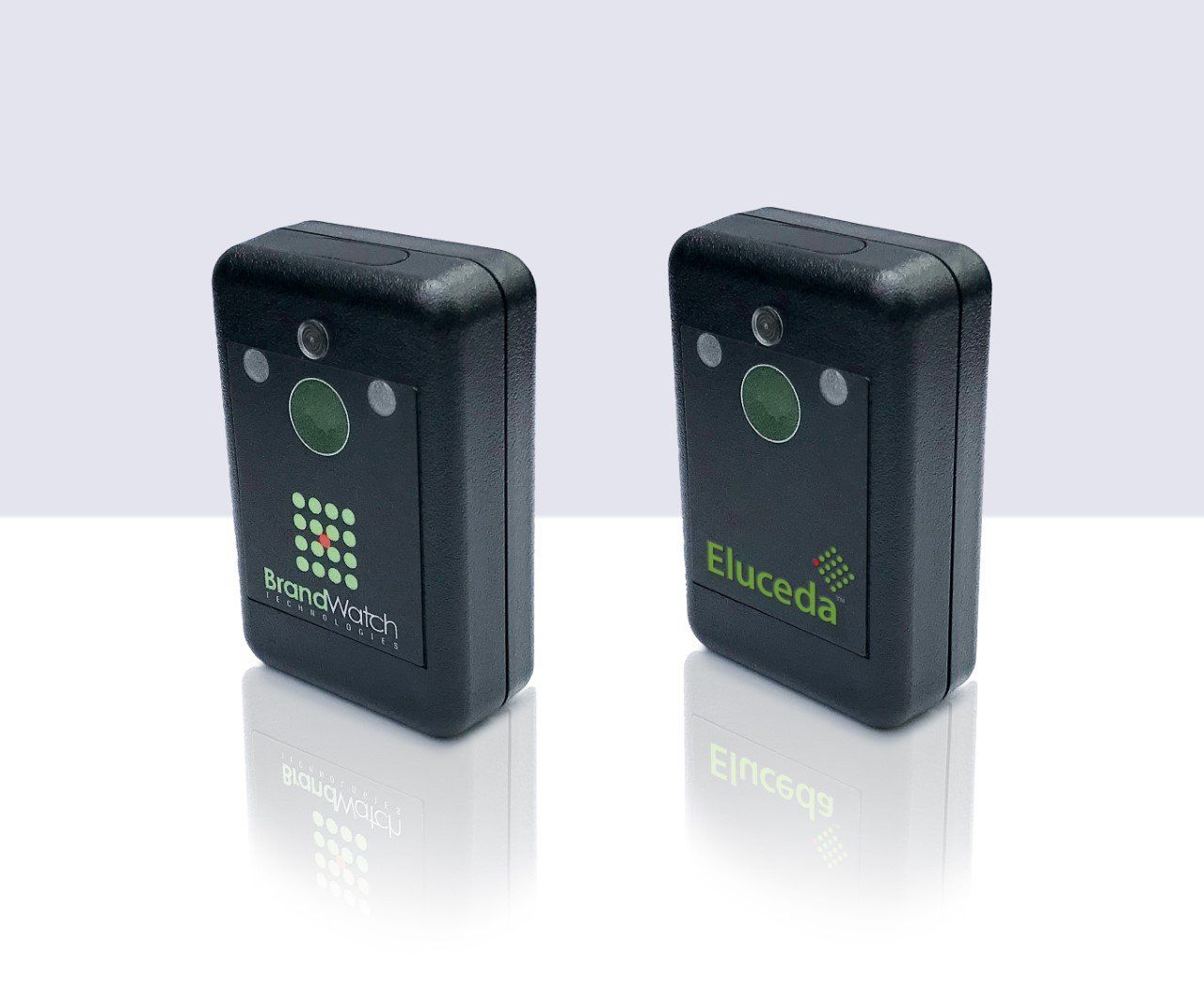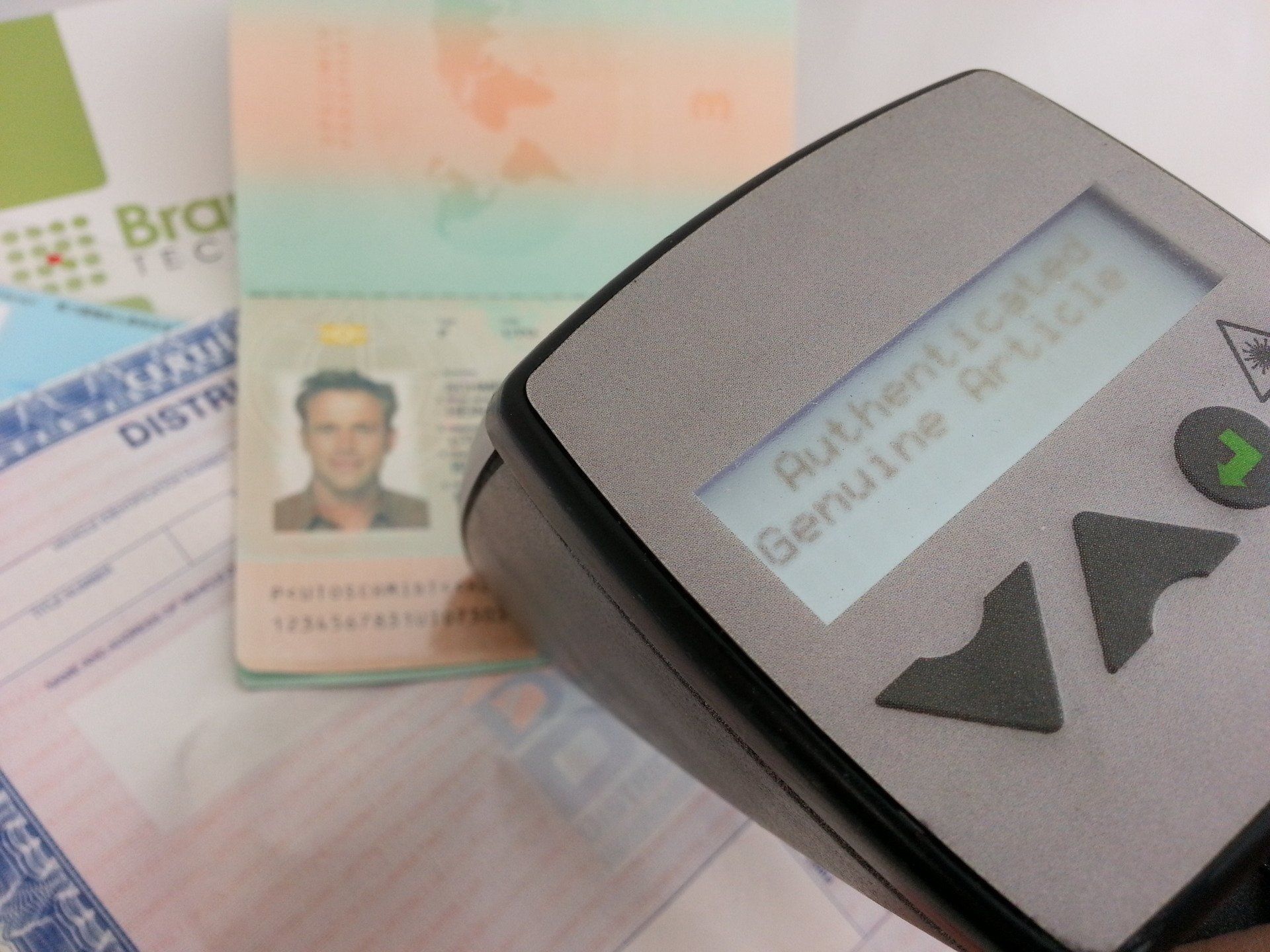New wine in old bottle: Chinese wine scam
By Rakesh Neelakandan • April 12, 2020
The market of Chinese wines is huge as the country is in a growth spurt where drinking wine is a testimony to a position up there on the upper pedestal.
Given below is the descending order at which wine lovers in China rate their preference:
First in line comes the Chinese red wine; which is preferred by most Chinese, thanks to their love for tea which has strong tannins. This is followed by French wine, Bordeaux, and finally, Chateau like labels.
(In 2010, a case of Chateau Lafite 2009 was sold for 43,000 pounds in Hong Kong; a figure three times bigger than that of an identical London-sold bottle.)
According to the statistics from International Wine and Spirit Research, in 2009, the market for Chinese wines had been to the size of 93 million nine litre cases which was expected to breach 100 million mark in 2010.
No wonder, market for imported wine is growing in a blitzkrieg pace, to the tune of 46% Compound Annual Growth Rate in the last ten years and 72% in the past five years, according to Beveragedaily.com. And this market forms a 10% fraction total wine market in China.
Reports suggest that China may even overtake Australia in wine production in a period of three years taking it from tenth to sixth place by 2014. This warrants a rise of 77% in output.
In 2009, Chinese output stood at 72 million cases, which is equal to 960,000 tons, a staggering 28% Y-O-Y growth. If the momentum is maintained, the country’s wine output would reach 128million cases in 2014, seven million cases high on Australia’s projected output for the same year.
Some of the world’s most famous vineries want to exploit this opportunity: Torres, typical Spanish winery is already having stakes in two vineyards in China. And, Shangdong region is evolving as a hot spot in China’s wine map.
But high-cost vintage wines are also riding a wave of scams as new wine is filled in old vintage bottles and sold for hefty sums to relatively uneducated (in wine), over-night millionaires.
An empty wine bottle is sold for 300 pounds in China with Lafite and Maotai wine bottles clocking huge demand. 2,900 yuan (£282) for an empty bottle of Lafite Rothschild is not a bad bet after all!
To counter this, ‘originals’ are doing everything in their command with holograms and seals and what not!
In fact, it has opened up new business vistas for security firms in packaging and brand protection:
BrandWatch Technologies, a Portland-based concern and France-based, Prooftag, recently informed of a partnership intended to come up with a set of advanced protection tools for the wine and spirits industry based out of Western countries.
They offer overt security measures like microtext, packaging design features; covert defence measures like holograms, copy prevention, OVDs, intaglio inkcoding, and encrypted bar codes and even forensic technologies like DNA applications.
However, industry players still maintain that fakes can sometimes fool people and make them empty their wallets.
Want to know more? We’re here to help!
Want to know more? We’re here to help!
We want to know your needs exactly so that we can provide the perfect solution. Let us know what you want and we’ll do our best to help.
Share

Leading covert solutions provider BrandWatch Technologies will rebrand as Eluceda in January 2021, marking an important step in the evolution of the Eluceda Group’s market positioning by providing a single name for its global detection technology business. The rebranding of BrandWatch follows Eluceda’s acquisition of the manufacturer of security materials and detections equipment in 2019.Under its new name, manufacturing of BrandWatch’s product range will continue to be produced from its base in the US. In addition, the business will offer a wider range of solutions, including Eluceda’s patented E-Sens™ Biological Detection System. Commenting on the change, Neil Ivey former CEO of BrandWatch Technologies and now President of Eluceda said: “This is a truly exciting time for our business. Moving forward under one identity as Eluceda provides clarity to clients and the industries we serve along with access to a wider range of in-product authentication and verification technologies, supported by knowledge and expertise from across our wider business.” Matthew Harte, CEO of Eluceda added: “We have already seen significant synergies since the acquisition of BrandWatch Technologies this year. By coming together under the Eluceda brand we deliver a simplified message to all our global customers and are better placed to provide the portable protection technologies that will help make the world a safer place.”

Ongoing developments in medical plastics are speeding innovations that could extend the reach, effectiveness, and safety of medical devices Many trends that shape the demand for medical devices are having a major effect on resin formulations and applications. The result is a steepening trajectory of innovation that’s revolutionizing the ways in which plastics are considered, designed, and used in this surging, vibrant market. The stakes are enormous in winning the materials competition that requirements for medical products mandate. The specification of resins in high-volume applications can generate a sizeable payback for all companies in a supply chain—resin producers, processors, and OEMs. This is because medical and related applications (packaging, diagnostic systems, and other components) continue to generate steady growth around the world and have the potential for broad penetration of developing regions. Trends fueling product use include: aging populations in North America, Western Europe, and Japan that require growing levels of healthcare, as well as access to the latest medical technologies; the increasing compatibility with Western standards of requirements for devices in China and India, which is opening vast new markets to OEMs and resin suppliers (both countries together account for 35% of world population, and India is projected to become the world’s most populous country by 2022); and ongoing efforts to upgrade medical care in underdeveloped countries. Also important are reducing the cost of healthcare and, for people with chronic conditions such as diabetes, maintaining quality-of-life activities. The evolution of “smart” devices—in this case, plastics-rich products that record and transmit diagnostic and monitoring data, or release medicine into the body—is vital in meeting individual and societal needs in this regard. The positive outlook for medical applications is confirmed by market studies. Consider these robust findings from one report compiled by Transparency Market Research of Pune, India, whose U.S. office is in Albany, New York: The global medical polymers market (including packaging, diagnostic systems, and components) is projected to reach $15.8 billion by 2020. This equates to a compound annual growth rate in demand of 8.3% from 2014 to 2020. The global sales revenue for the market will account for $505 billion by 2020. North America remains the top market for medical device sales, with, in 2013, a little more than 40% of global share, closely followed by Europe. Other studies forecast somewhat lower global growth and sales revenue. Nevertheless, all of them confirm continuing gains in the market, along with the potential for sizable new business opportunities. This is good news, but it also presents major challenges for the supply chain, one of the biggest of which is how best to guarantee the quality and integrity of materials and devices. Read the Whole Article Here :- Plastic_Engineering_Article_Ampacet_BrandWatch
